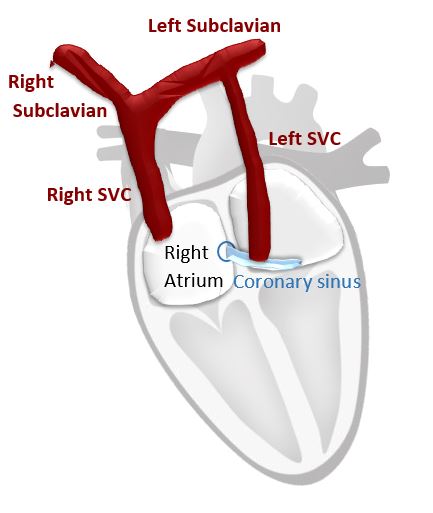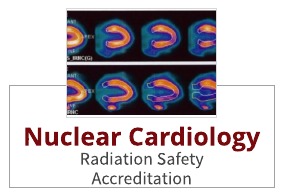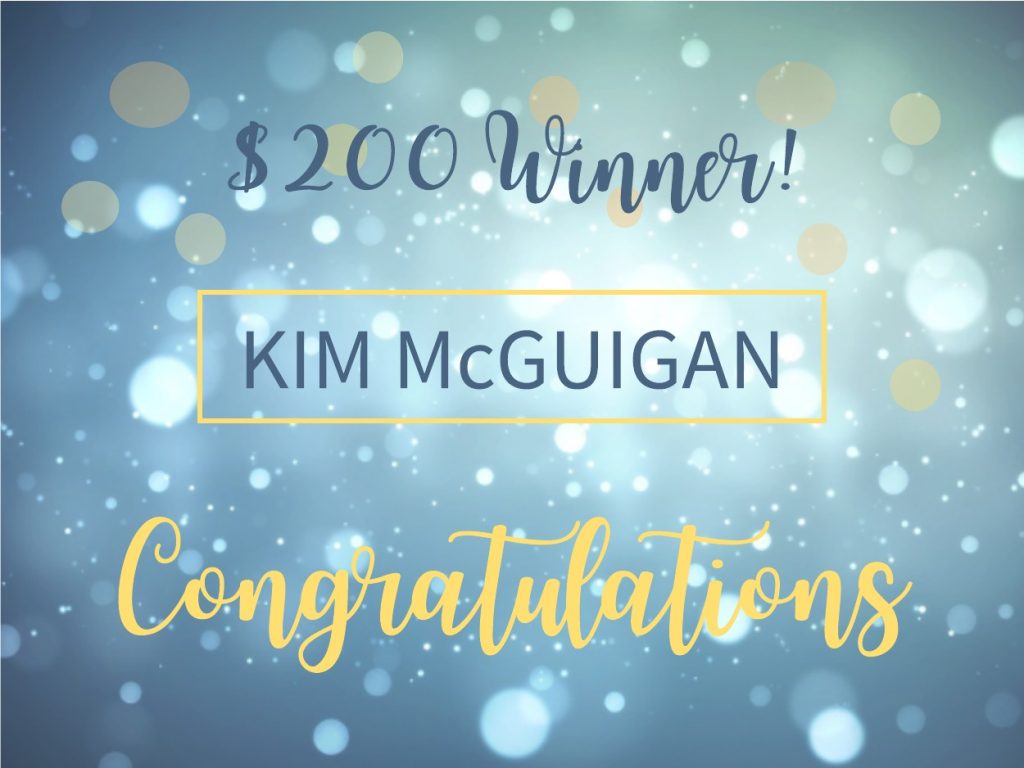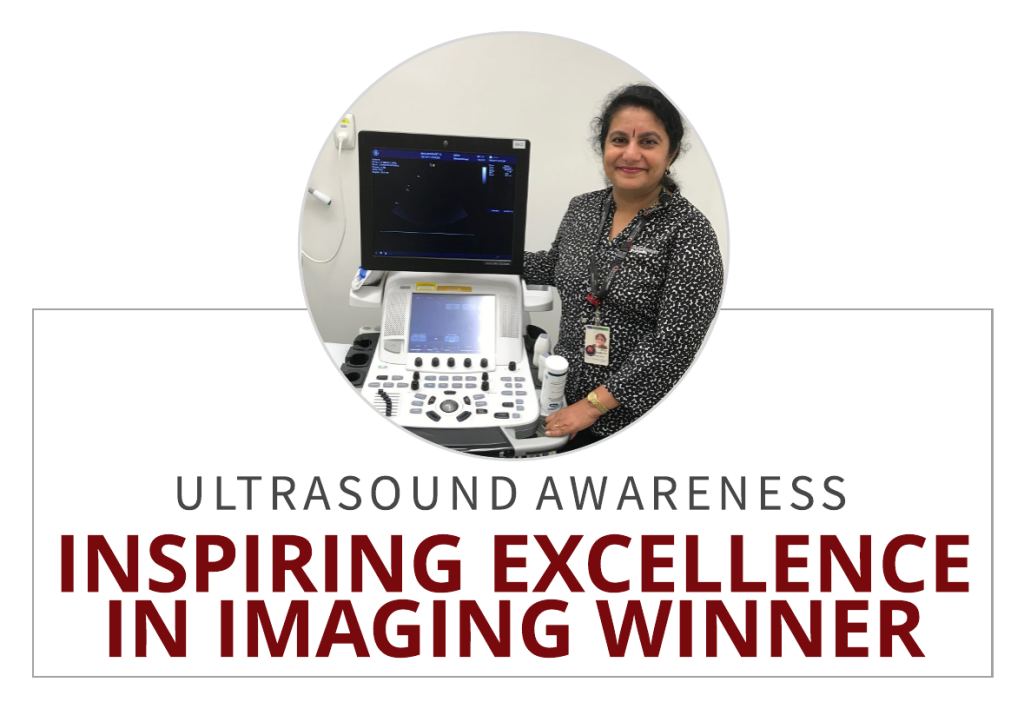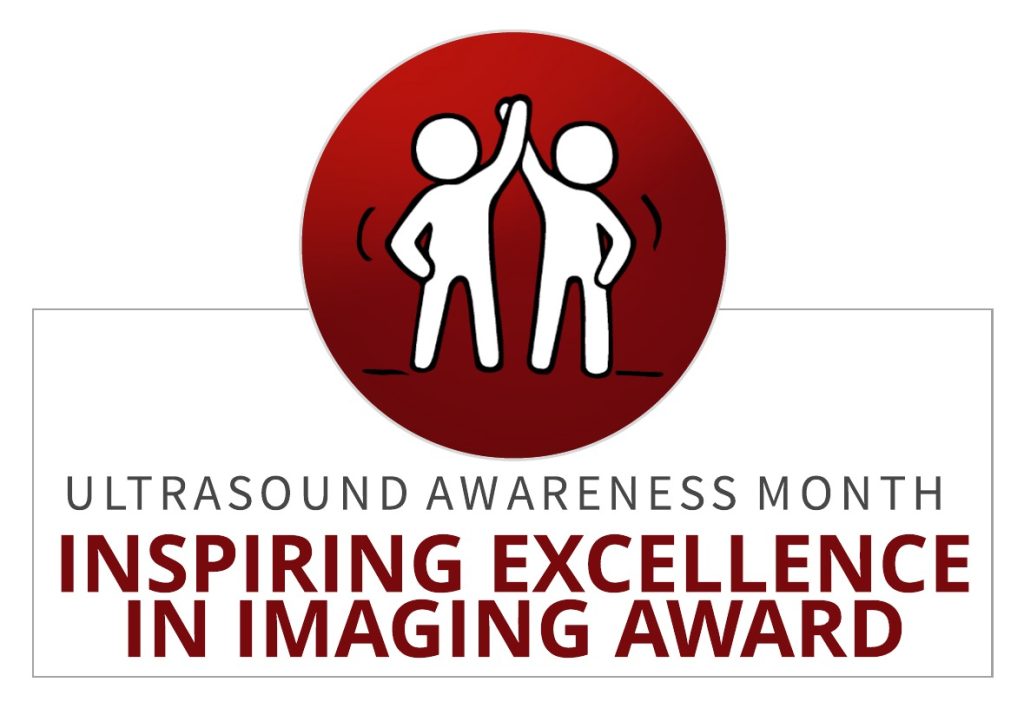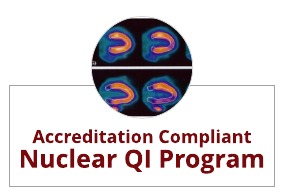The Surprising Truth About Echo Accreditation
When you think of CardioServ, the first thing that often comes to mind is our blogs! We strive to inspire excellence in imaging, and a big part of that is through education. What you may not realize is that for the past 13 years, we have been helping clients across the nation earn the recognition of echo accreditation, vascular and nuclear cardiology. This week we will share the surprising truth about echo accreditation that we discovered along the way.
The Surprising Truth About Echo Accreditation Read More »

